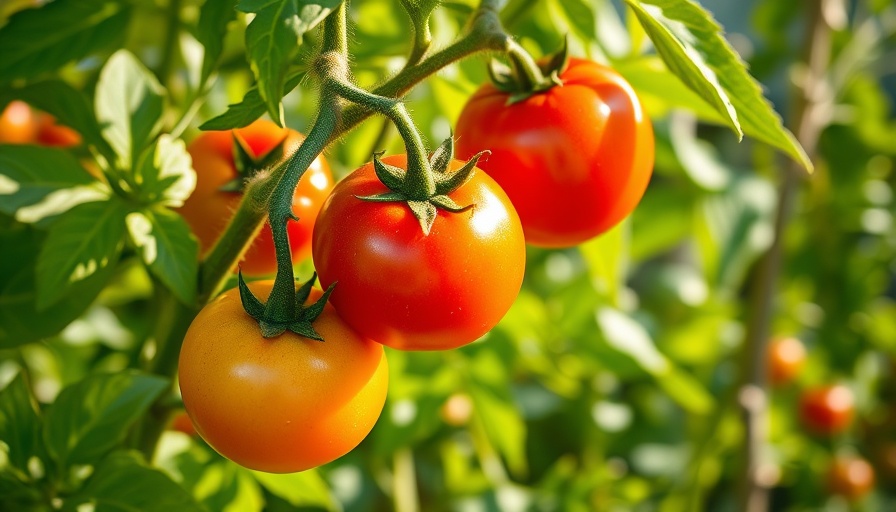
Unlocking the Secrets of Companion Planting for Tomatoes
As summer approaches, the excitement of home gardening reemerges, particularly centered around the ever-popular tomato. While tomatoes are widely available throughout the year, their peak flavor shines in the warmer months. This is an ideal time for gardeners to explore companion planting — a method that fosters beneficial relationships between plants.
Understanding Companion Planting
At its core, companion planting involves cultivating different plants together to enhance growth, deter pests, and improve yields. Experts like Allison Futeral, owner of Crimson Horticultural Rarities, explain that these symbiotic relationships can deter pests, boost productivity, and attract essential pollinators.
Julia Dzafic, author of Garden Grown, emphasizes that while companion plants are vital, proper tomato care remains crucial for a successful yield. This includes regular pruning and managing suckers, which can siphon energy away from the main plant. Together with the right companion plants, you can create an environment that not only supports your tomatoes but enhances the overall health of your garden.
Basil: The Classic Companion
Basil has earned its reputation as a quintessential companion for tomatoes. As noted by Dzafic, basil's strong aroma is believed to ward off harmful pests while enhancing the tomatoes' flavor. Some studies indicate that tomatoes grown alongside basil yield significantly more fruit.
- Lighting Conditions: Full Sun
- Difficulty: Easy
- Average Height: 12 - 24 inches
- Care Instructions: Water regularly and pinch back leaves to encourage bushy growth.
Garlic: A Natural Defender
Another powerful ally in the garden is garlic. Famous for its strong smell, garlic can help keep pests like aphids at bay. Its antifungal and antibacterial properties further contribute to healthier soil. Planting garlic to the south of tomatoes is a well-regarded strategy, allowing each plant to flourish in its own space.
- Lighting Conditions: Full Sun
- Difficulty: Moderate
- Average Height: 12 - 18 inches
- Care Instructions: Ensure it has well-drained soil and adequate water, particularly during dry spells.
The Benefits of Companion Planting
Companion planting is not just about pairing plants; it's about creating a balanced ecosystem that can contribute to a successful garden. By understanding the interactions between plants, gardeners can enjoy increased harvests, reduced pest pressure, and enhanced soil health.
Moreover, using natural pest deterrents through companion plants minimizes the reliance on chemical pesticides, leading to a healthier gardening experience and a safer environment.
Practical Insights for Your Garden Success
To ensure your tomato plants reach their full potential, pay attention to soil health. Adding compost or organic fertilizers can significantly improve plant performance. Additionally, consider rotating crops yearly to avoid depleting certain nutrients and to deter pests that may linger in the soil.
Integrating beneficial companion plants into your garden planning can pay off with better yields and healthier plants. Using the right combinations can create an inviting space for beneficial insects, ultimately making your garden a thriving ecosystem.
Grow a Vibrant Tomato Garden This Summer
In pursuing the ideal tomato and companion plant combinations, you not only prepare for a fruitful growing season but also deepen your connection with the gardening process itself. Experimenting with different arrangements can yield surprising and rewarding results.
Are you ready to transform your garden this summer? Start incorporating these companion plants today to take your tomato gardening to the next level!
 Add Row
Add Row  Add
Add 




 Add Row
Add Row  Add
Add 


Write A Comment